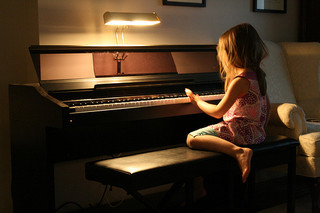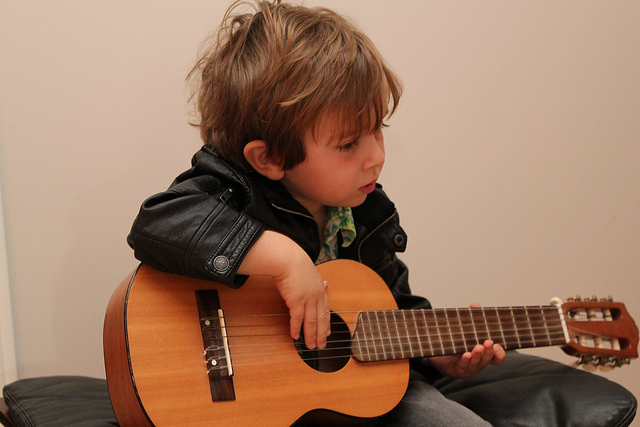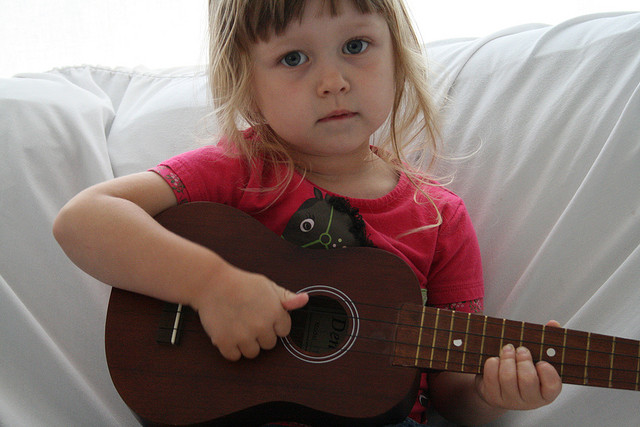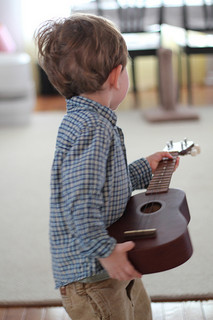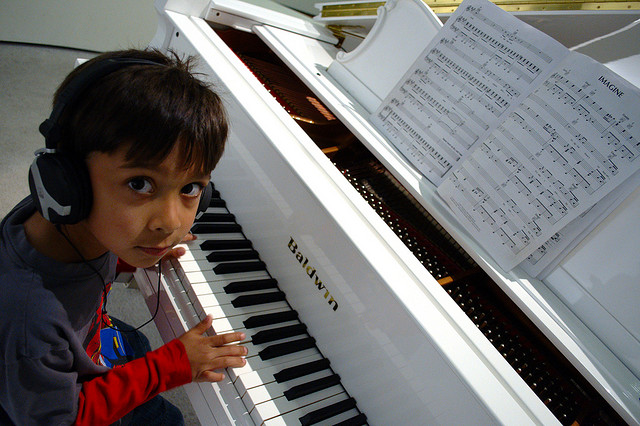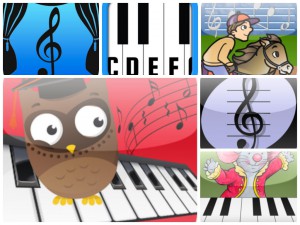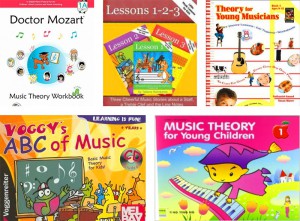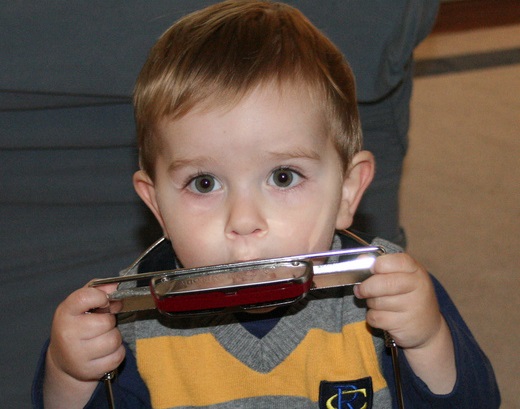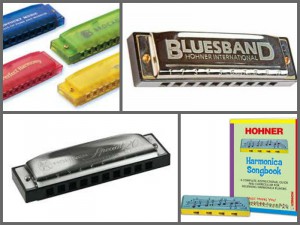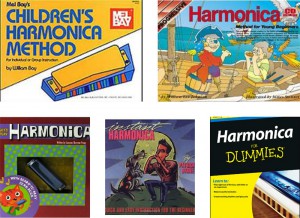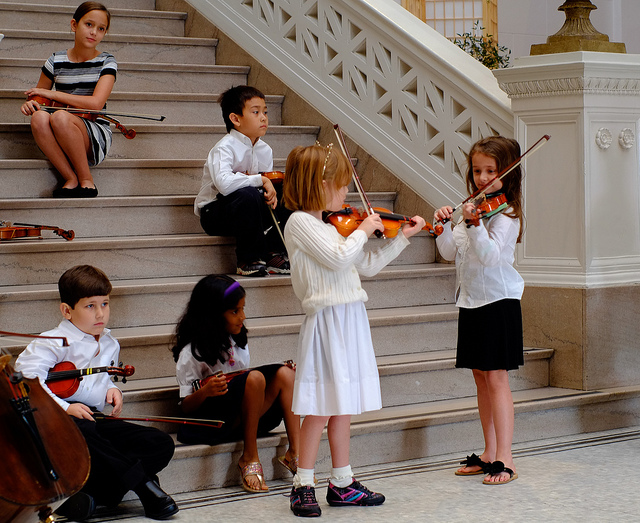We all know that piano lessons can often be costly, so we thought why not try to find out what resources are available to parents who would like to teach their children how to play at home. Thanks to the internet and technology in general, there is a fantastic amount of tools that parents can use to guide their children and help them learn this wonderful instrument without having to spend a lot of money on lessons.
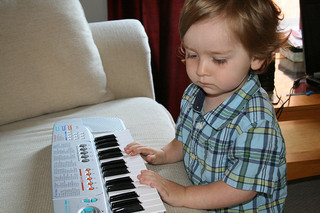
Is it possible for parents to teach their kids at home?
Of course, the ideal is to have a music teacher, but for some families taking formal lessons is not possible due to cost or location. If parents are motivated to help their children learn, and kids are willing to practice and put in the work, there is no reason that a child won’t be able to learn the same basic theory that young children who are taking introductory classes are.
How much will learning to play the cost?
The cost can vary quite a bit, there is the initial cost of an acoustic or a digital piano (if you don’t already have one) as well as a stool or bench. If you are purchasing a digital keyboard, you will also need to get a keyboard stand. It would also be useful to invest in a few good method books, as well as an online software method that you can get for a range of different prices.
What age should children begin to learn?
It is possible for kids as young as age 3 to begin to learn to play. Although most teachers won’t accept children for lessons until they are at least 5 years old. At age five, children’s hands are big enough to play the keys comfortably, and they are developmentally ready to sit still and concentrate. So five is probably a good starting age, but you can obviously start much later depending on what you think your child is capable of.
Should kids learn on a digital or an acoustic piano?
If you already have one or can get your hands on one, an acoustic is the better option for kids to learn on. However, realistically most kids these days learn on a digital. They are cheaper, take up less space, and are more portable.
For those parents who have their heart set on getting an acoustic and you want to buy new, you will be looking at a starting price for an upright piano at about $3000. If you are willing to look at used instruments, you can get them for much less. Check Craigslist and Kijiji and also ask family and friends if they have a piano that they aren’t using and might be willing to lend, give, or sell to you. If you don’t have a player in the house, a piano can be a bit of a burden for some people, so you never know.
Parents who have decided on getting a digital should look for an instrument that is as close to the feel of an acoustic as possible. To do this, you need to get a digital piano that has weighted or at least semi-weighted keys. If you are able to get a digital with weighted keys, then your kids will be able to transition between an acoustic and a digital much quicker. Unfortunately, digital instruments with weighted keys are more expensive than those that don’t have weighted keys, but they do come the closest to the feel of an acoustic. If you live near a music store, it is a good idea to try out a few different models to see what suits your child, as well as getting a feel for how the keys are weighted.
Before Beginning
Any families that are using an acoustic will need to make sure that it has been tuned before starting your lessons. You will also need to have a stool or bench that is height adjustable. Sitting at the correct height will make it much more comfortable and easy for your child to learn.
Your child should also know their alphabet (at least from A to G) and be able to tell you which is their right and which is their left side. If your child is very young and they don’t know right and left and their alphabet, don’t worry, there are a few resources that we will discuss later in the post that is good for very young children.
How much time should be spent on lessons in a week?
If you are teaching your kids at home, take it seriously by setting aside a particular time and day of the week for a formal lesson for half an hour. Then have your child do 15 minutes of practice a day or every other day, depending on what works best for you. Getting your kids into a good practice routine takes a lot of time and disciple, but with a bit of effort, your kids will hopefully get to a point that they will begin to take responsibility for their practice sessions themselves.
How to Teach Piano to Kids
There is no definitive method that is the best way to teach kids to play, an approach that might work for one child might not work for another depending on different learning styles.
Figuring out how to start can be a bit tricky since there are a few different approaches you can take. If you would like a more hands-on approach, there are wonderful introductory method books that are used by music teachers but can be used by parents as well, they tend to go over note names on the staff and basic scales, finger exercises, chords, and songs. If you don’t have a strong musical background, you can use educational music software or online lessons to help guide your child (see below for more info).
Read More: 20 Fun Resources to Teach Kids How to Read Music
Learn to Play Software for Kids
In the last few years, there have been some really interesting software and websites that have been developed that gamifies music learning or have hundreds of video music lessons that seem to be following in the trend of MOOC structure that a lot of learning is heading towards. It is a very interesting development, especially for families who aren’t in a position to be able to afford traditional music lessons for their kids. As with regular lessons, it takes dedication and lots of practice, but children can definitely learn a lot through some of the new technology that is coming out.
- Piano Marvel is a very popular music teaching and assessment software that you can use without a teacher. Students play along with the computer and receive scores that earn them bronze, silver, and gold trophies, which are placed into their own virtual trophy case. Immediate feedback is given so that students know exactly how to improve their performance. Correct notes turn green while wrong notes turn red and show whether a note was played late, early, or in the wrong key. It combines elements of computer gaming with instrument practice. Kids can learn on their own at their own pace. It has over 3,000 songs and exercises designed to challenge everyone from beginners to professionals. Video Tutorials are provided to guide students on the fundamentals of playing; including hand positions, finger placement, dynamics, music reading skills, and much more. Piano Marvel offers a 30 free trial, and it costs $15 a month if you decide to sign up. To use it, you need a midi keyboard that you can attach to your computer.
- Playground Sessions is a fairly new teaching software (put out in 2013) that has the backing of Quincy Jones. It is perhaps better suited towards an older child than Piano Marvel, but it is worth having a look at because it is a little bit cheaper than Piano Marvel. The program itself is based on a play to learn model that has students playing popular songs right away while using the songs to teach music theory. There are also tutorials with lessons for beginner, intermediate, and advanced skill levels. Some of the topics the lessons cover include keyboard skills, notation, playing by ear, and rhythm. The way that the software gamifies learning to play by giving a score for how well students play on a note-by-note basis, and by song. Students can also earn badges by completing challenges. To use the software, you need a keyboard that connects to your computer. You can use Playground Sessions as a member or a non-member. If you get a membership, the cost is $9.99/month for 12 months (billed annually) or $14.99/month for 3 months (billed quarterly). As part of this price, you get full access to the Playground software and community, all Bootcamp lessons for free, and major discounts on songs and sheet music. If you don’t want to sign up for a membership, you can still buy the Bootcamp lesson packages a la carte (prices range from $39-89) and individual song lessons and sheet music for full price ($4.49-$14.99).
- Synthesia is a video game and keyboard trainer for Microsoft Windows and Mac OS X, which allows users to play a MIDI keyboard or use a computer keyboard in time to a MIDI file by using a falling note system, it is a little bit like Guitar Hero. You can also use it with MIDI keyboards that have illuminated keys, which can make learning easier for beginners. You can try it for free or buying a learning pack for $29.
- Online Classical Piano School doesn’t have any of the gaming aspects of Synthesia, Playground Sessions, or Piano Marvel, and it is the most like a traditional lesson. The lessons are focused on classical piano and are taught by Christie Peery, who is an accomplished solo artist. For around $30 a month, you get a curriculum developed by Peery that uses video exchange lessons that teach traditional music theory concepts, sight-reading, improvisational playing, and more.
Piano Books for Kids
We have rounded up some of the best method books that are generally used by music teachers to teach introductory piano to children. The cool thing about these introductory books is that they are so simple that a parent could learn along with the child as well as teaching at home. Most of these books only provide an introduction, so you will have to find another program afterward, but these books will give a great foundation for kids who are just starting.
Alfred’s Basic Piano Library: Prep Course Lesson Level A – These top-rated books are often used by teachers with their students. The lessons in the book build upon music theory, not only teaching children how to play but teaching them the theories behind the music. These are simple, fun, wonderfully illustrated books that are very self-explanatory at the early levels. The songs at the beginning level are silly, but they allow the student to really learn the basics.
Music for Little Mozarts by Christine Barden is another very popular selection for music teachers to use with students. Parents with no musical background can use this method as it is very simple and great for very young kids. There is an app based on Music for Little Mozarts as well.
My First Piano Adventure, Lesson Book A with CD (ages 5-6), and Writing Book A are a couple of books written by Nancy and Randall Faber. My First Piano Adventure books are designed to begin use around age five and are used by many teachers for their students. When you complete My First Piano Adventure, you can move on to Piano Adventures. The Faber and Faber series for reading able children is a curriculum that you could easily do with your children as it goes through everything step by step, even if you have no musical background. This particular set of books is geared toward a younger player, but they also have a line of books for older children as well
Easiest Piano Course Complete and Teaching Little Fingers to Play: A Book for the Earliest Beginner by John Thompson are great beginning programs designed to be used with a child as young as four to five years old. These books combine a rote memory and note approach to playing, and they have nicely illustrated pages that are appealing to young children.
Piano-K, Play the Self-teaching Piano Game for Kids. Level 1 This is a bit of a different approach than the books listed above. Piano-K is a self-teaching game-book for children that does not require any previous music skills. It uses animals’ stickers to show kids how to associate the notes on the keyboard with their places and names in the score.
Free Online Piano Lesson for Children
Here are a couple of free alternatives to help your kids learn if you aren’t up for spending any money:
Other resources children can use:
Piano for Kids at Home offers a few free lessons to try out, and then you can become a member of the site for $10 a month. If you become a member you get access to more games, pictures, stories, and other fun stuff to help maintain interest in the instruction.
Hopefully, you have found something that will help your kids learn to play the piano, let us know if you have any useful resources to add to our list.
